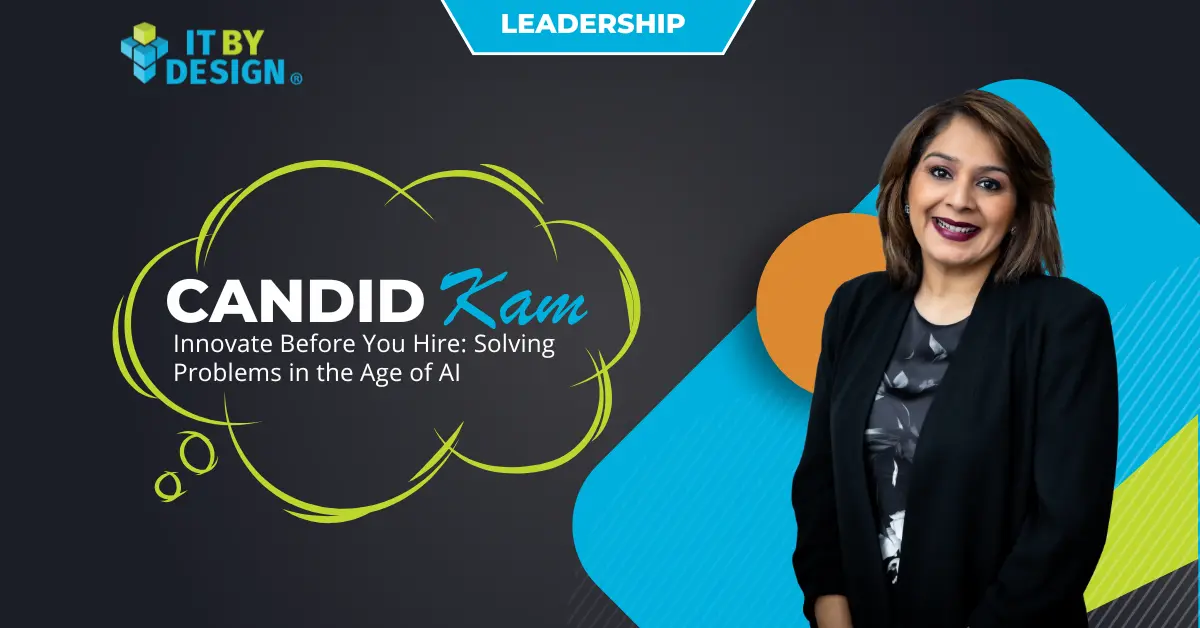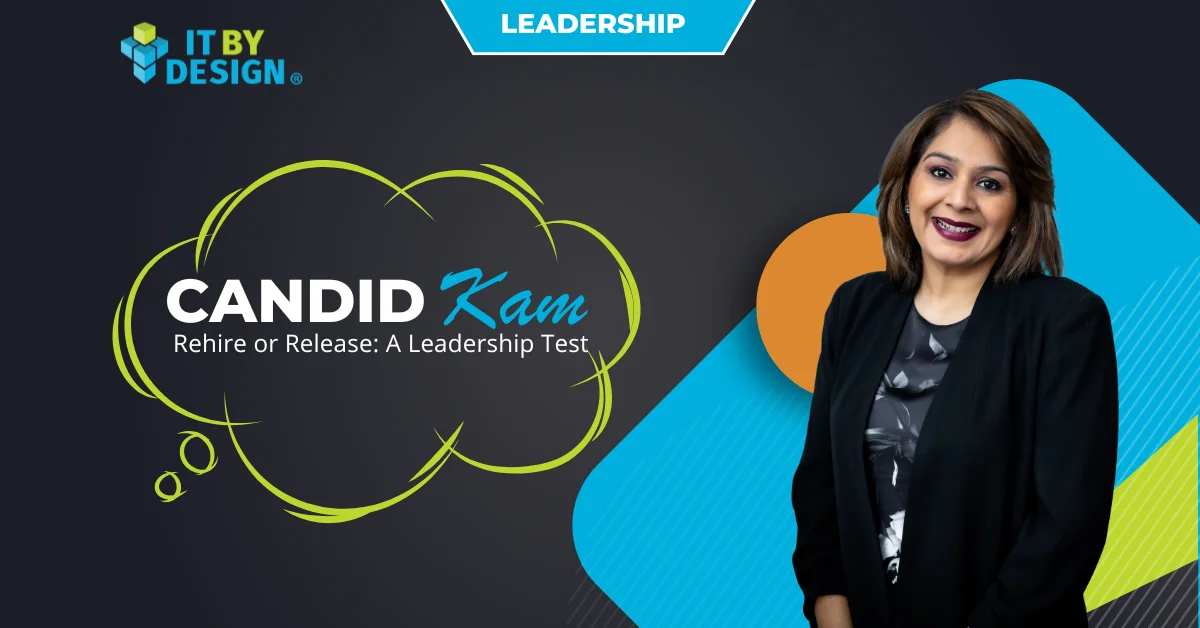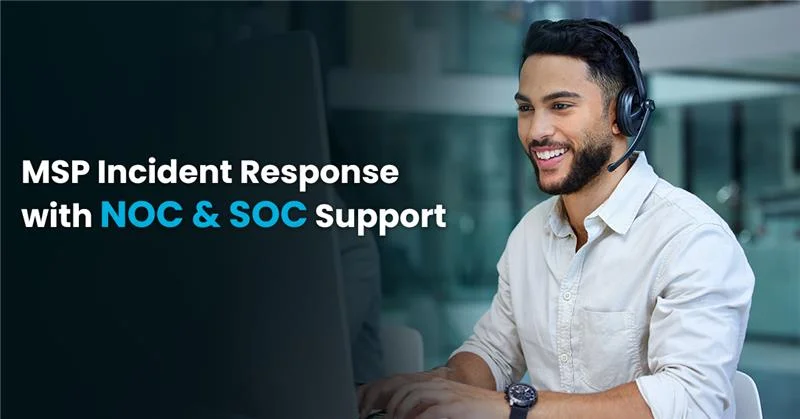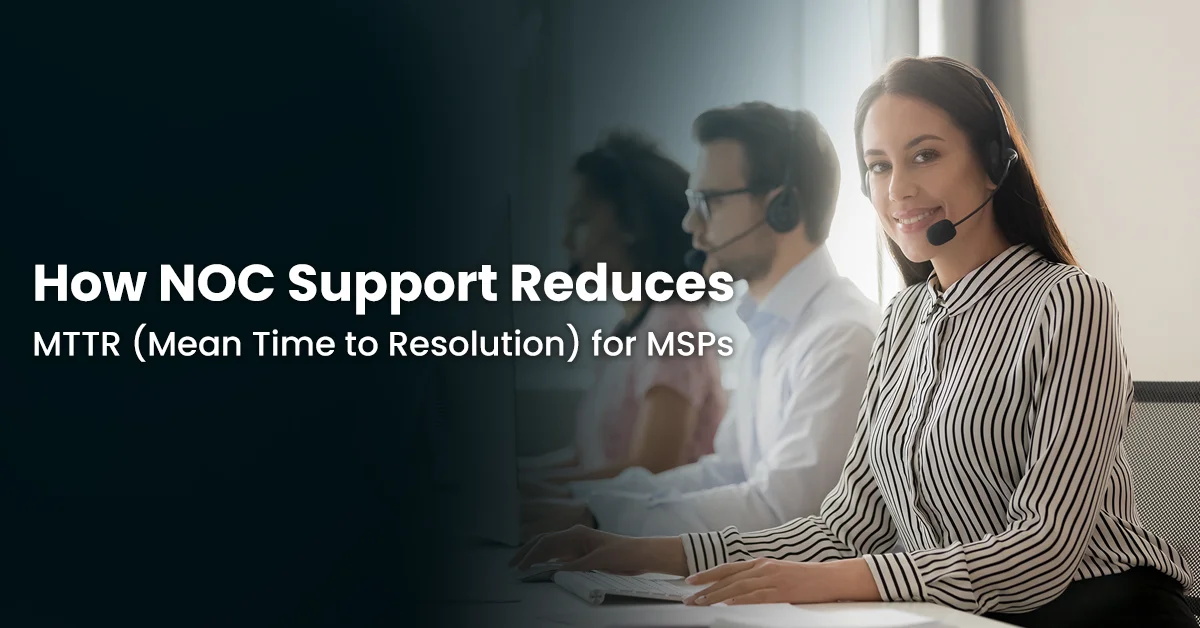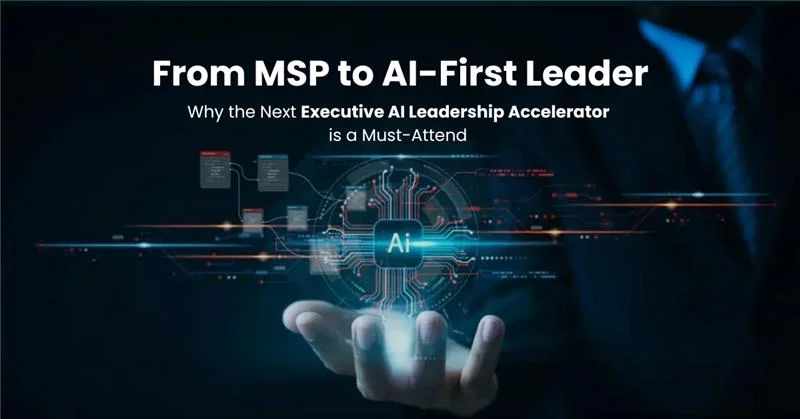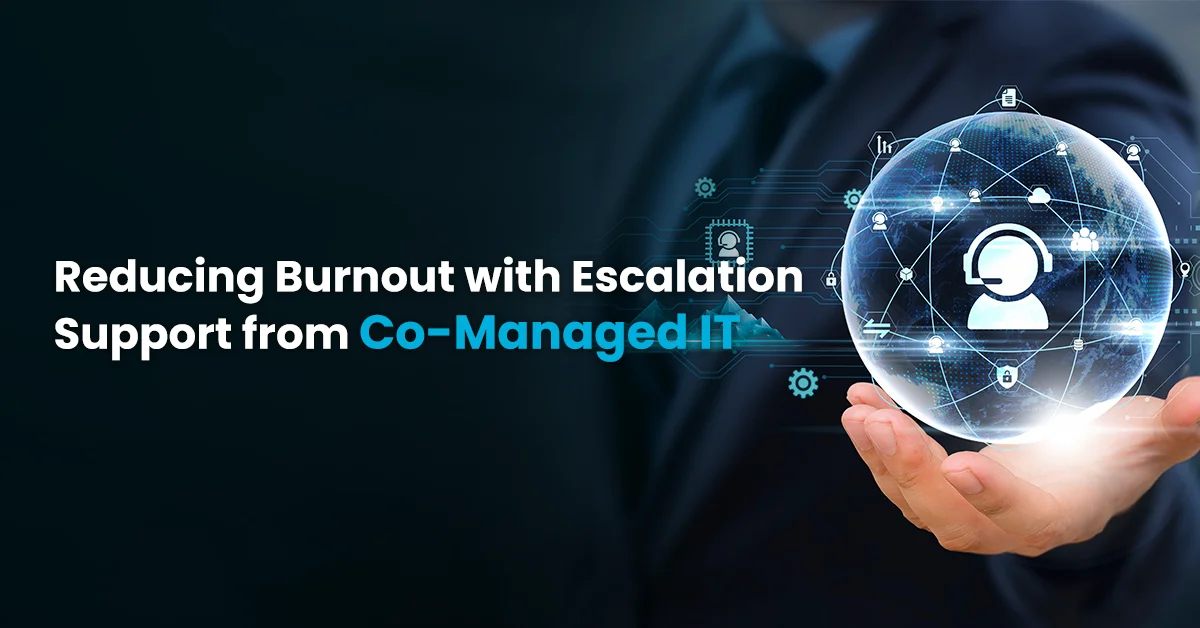What happens when you have a problem in your organization?
You usually look for someone to fix it, right? Many companies solve problems by hiring people to address their challenges. Seems logical—and it’s been the standard approach for how many businesses operate. People are hired into specific roles to solve specific business issues.
But what if, instead, the focus should be on innovation?
We’re living in the age of AI. Automation is everywhere. And yet, many organizations are still running manual processes. Hmm… where’s the innovation?
With tools like ChatGPT, do we really need copywriters anymore? It’s incredibly easy to plug in a prompt and get grammar suggestions or full content drafts. There are tools and technologies today that are turning previously skilled jobs into less-skilled ones.
Take graphic design, for example. Designers used to need deep expertise in Adobe or other complex platforms. But now, with tools like Canva, almost anyone can design. We’ve all become graphic designers.
Need LinkedIn posts for the week? Or a strategic plan for your next seminar? Knowing the right prompts in CoPilot or GPT makes it simple. So… why are we still solving problems by hiring?
Just the other day, I was having a disagreement with someone. I took the transcript of our conversation, dropped it into GPT, and asked for a breakdown of who was right and who was wrong. GPT analyzed the conversation and gave an objective summary in a graph. Now she’s a mediator-slash-therapist, too.
Now, I know the naysayers will say, “We still need the human element”—and I agree, to an extent. But there is work that can be done faster, cheaper, and better—if we lean into automation and AI.
Yes, some jobs will be eliminated. But this will also push a previously stagnant workforce to upskill. How many people do you know who’ve been doing the same job for 10 years? Where’s the growth? Where’s the learning?
In a global market where other countries are leading in innovation, it’s time for us to prioritize upskilling and innovation-first thinking. Before hiring someone, ask: Can this problem be solved by an AI tool? For the people already on your team, ask: How can I make them innovation experts?
Our schools should be preparing students for this reality—with a focus on technology, innovation, and this new era of teamwork.
Yes, it’s scary. I get it.
But the next time you face a challenge, ask yourself:
Can we solve this through innovation, or does it require a person?
And if you do need a person to lead the initiative—great! But can portions of the work be automated or supported by AI?
As MSPs and small businesses, this is the direction the industry is headed. And for those of you in small towns or communities where change can be tough, I encourage you: Consider upskilling your existing team before hiring new staff. Ask how innovation can help solve the problem first.
And yes, I own a company that largely deals with people, providing talent to MSPs, and we too are upskilling our teams to fill the gaps in new technology—building AI specialization, with automation experts. It’s not that we don’t need people; it’s that we need people who are better trained to leverage innovation.
Because the last thing you want is to be the last one to the party—only to find everyone else has already moved on to the next one.
Here’s a list of many AI tools—how many do you use?
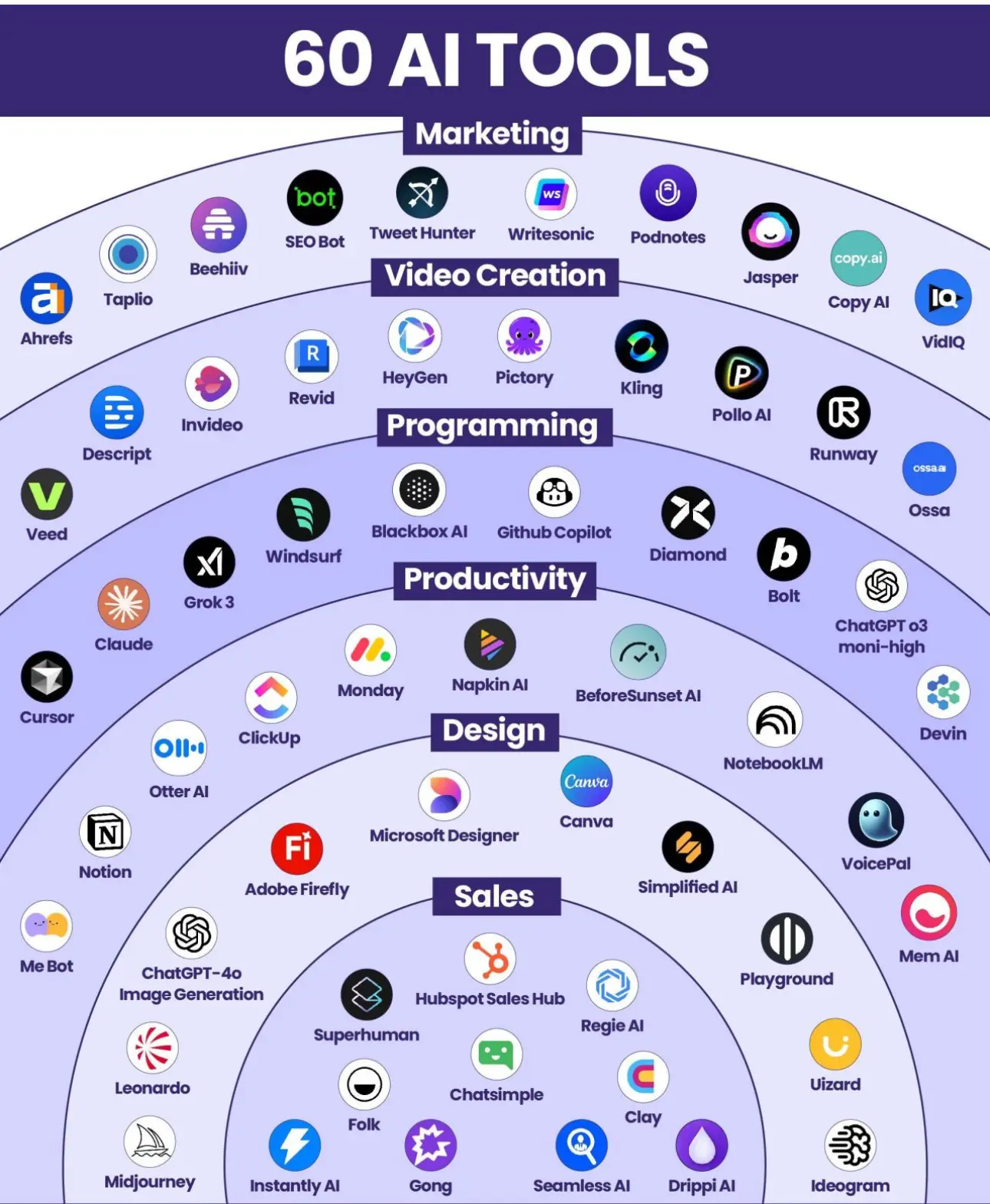
At ITBD, we’re proud to say we’re using quite a few. But we are still doing research to find more ways to innovate.
Investing in the right tools and upskilling our existing team allows us to do so much more—with a small but mighty workforce.
And at the end of the day, that means more efficiency and a more profitable organization. Who doesn’t want that?

